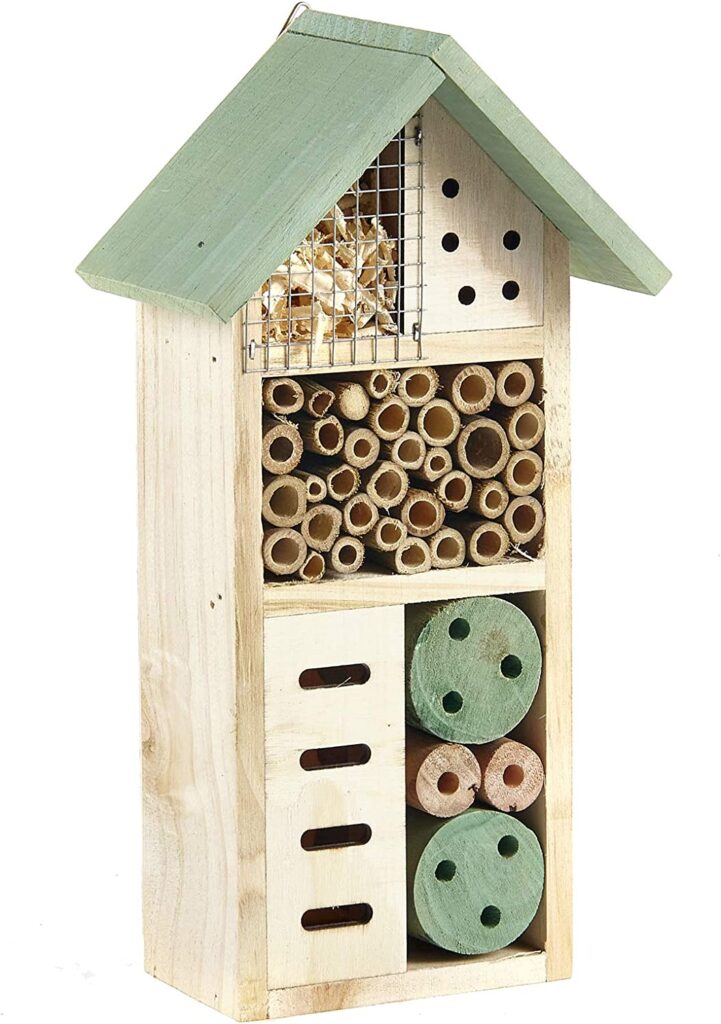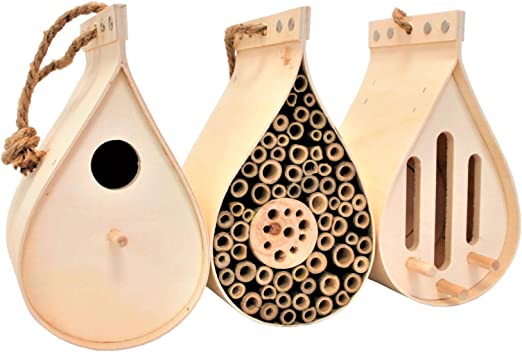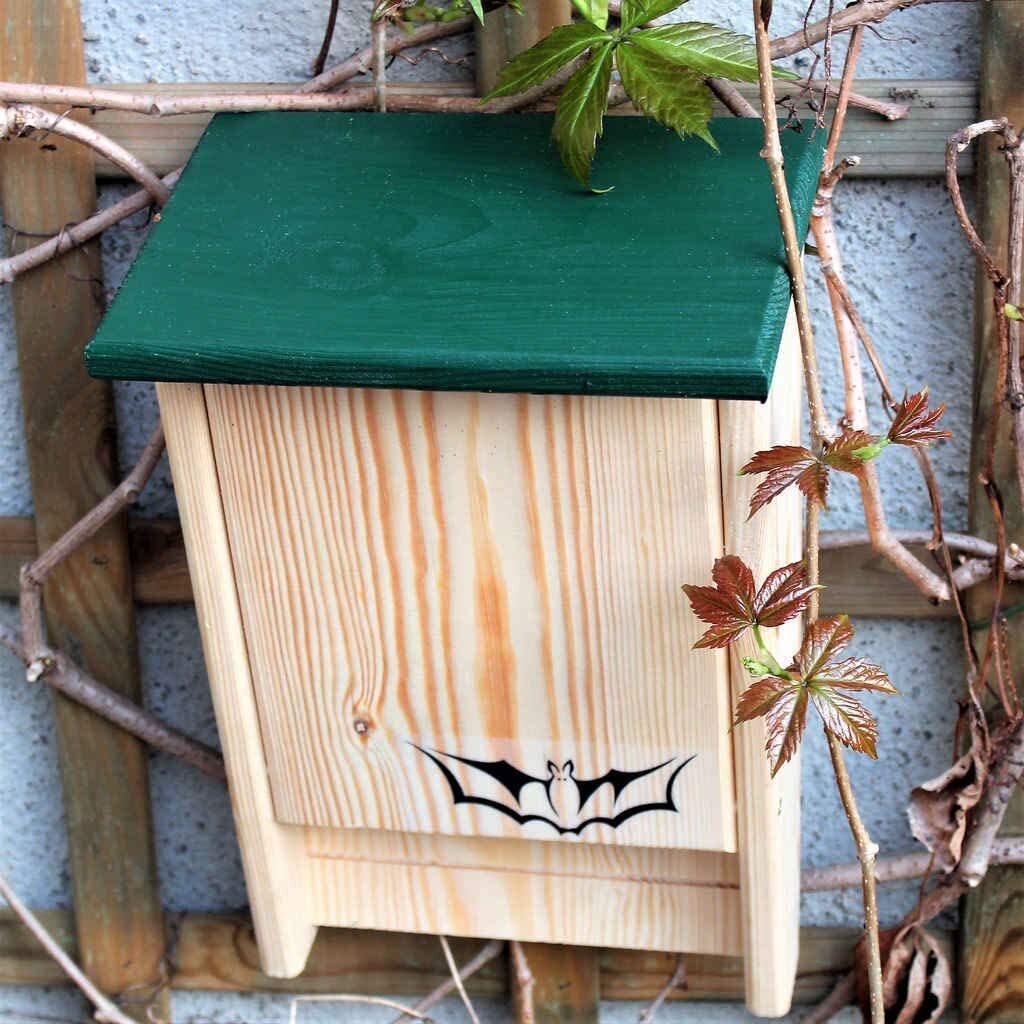Making our gardens wildlife friendly doesn’t mean leaving them to grow into messy overgrown jungles. Neither do you have to start again from scratch, undoing all your previous hard work. If you are wondering how to create a wildlife friendly garden, its easier than you think.
Just making a few changes could make all the difference to the lives of the critters that share your space, and gives you the opportunity to observe some amazing sights of the natural world.
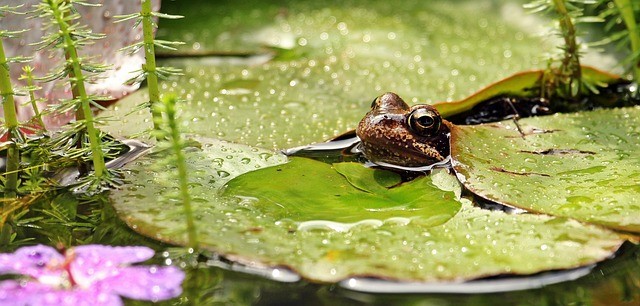
There are many simple things we can all do to give nature a home, no matter what the size of your garden. Here’s a few ideas on how to create a wildlife friendly garden.
Plant for Pollinators
Planting a diverse range of flowers in your garden will not only give you a more colourful and vivid garden to enjoy, but also help all the pollinator species that rely on them as a food source. We all know about the decline in the bee populations around the world. However, their importance to the whole ecosystem, and also to the crops we eat, is not something we typically first think of.
By planting a range of flowers, you can not only help them in their struggle, but also help a vast array of other pollinator species like, beetle, butterfly and fly species, all of which are also in decline.
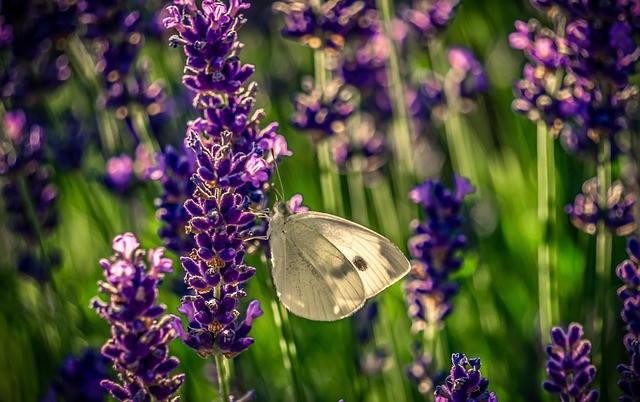
Plant pollinator-friendly plants, either directly into your borders or by adding planters around your garden to suit your available space. A good selection of traditional wild flowers would be a great start, as would foxgloves, lavender, thyme, marigold, Michaelmas daisies, older varieties of roses, sunflowers or yarrow. If you have the space, leaving a good patch of nettles can do wonders for insects, and they are also a favourite of many butterfly species.
Ideally, careful planning with a mixture of herbaceous, biennial and annual flowering plant species can mean plants coming into flower in most months of the year. Try to pick single petalled varieties over modern hybrids with multiple petals. Modern hybrids tend to yield lower pollen and nectar, therefore less beneficial to insects.
Plant for Larger Species
Planting a selection of native and non-native shrubs can make a massive difference to bird as well as many mammal species. It provides them with cover, shelter, nest building resources as well as supplying much needed berries throughout the year. This is made even more critical due to the decline of many countryside hedges in recent decades.
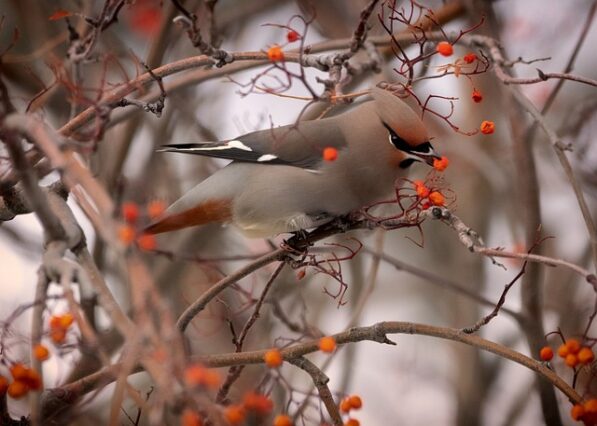
Some important species to consider are Berberis, Dogwood, Cornelian Cherry, Spindle, Hawthorn, Honeysuckle, Clematis and if you have a spare, messier spot in your garden for a shrub to expand, then Bramble.
Fruit trees are also a real benefit to wildlife, especially varieties of apple (especially crab apple), figs, plum, apricot and raspberry varieties to name but a few.
If your garden is large enough, allow a small part to be left unmaintained, mimicking a natural meadow where small mammals like shrews, voles and wood mice prefer to forage.
Get a Water Source
A water source in your garden can be as simple as a bird bath or shallow bowl of clean water left out, enabling a wide variety of species to hydrate. If space allows, a small pond can be an amazing habitat for a wide variety of insects, amphibians, bats, reptiles as well as bathing birds. Adding a rock garden surround can also help insects get some much needed cover too.
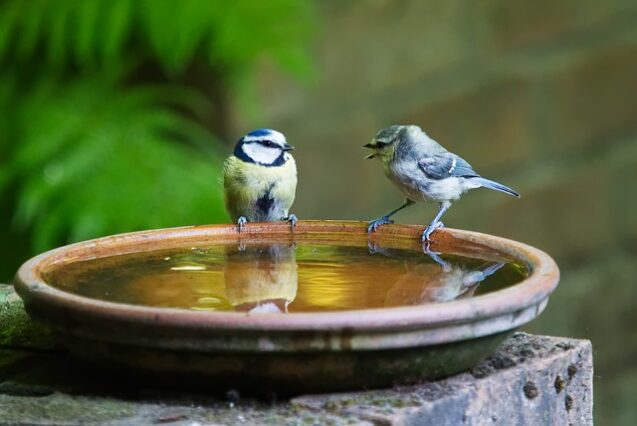
With ponds, make sure of a shallow entry point with gradual and rough edging, allowing wildlife to easily get out. Providing partial cover in the form of shade can help reduce issues with excessive algae, but still allow the sun to reach parts of the pond. This warmer water encourages spawning frogs and toads. Plant species like Water Starwort, Water Iris and Water Hawthorn bring a good range of benefits for a variety of species.
You could also make a butterfly puddling station by filling a wide shallow bowl with gravel, stones and soil and adding water. Make sure that not all the stones are underwater. Place it near a butterfly-friendly plant, enabling butterflies to get much needed minerals, water and salts from the muddier water. It’s a major help to their survival.
Add Some Rot
Adding a few logs or a compost heap will create a haven for plants, insects as well as bird species in your garden. Logs of 20cm or less, or piles of small twigs in a shaded part of your garden are ideal. This will be a great home for a wide variety of insects, including many beetle species, which in turn become a valuable source of food for birds.
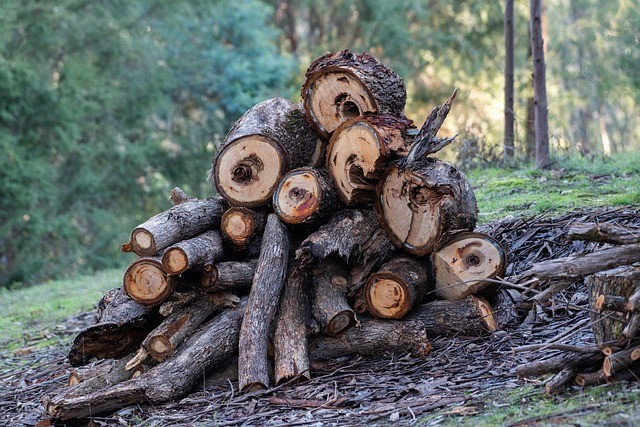
A woodpile in the sun can make an attractive home for a variety of solitary bees and, if built correctly, doesn’t have to look like an eyesore in the garden. Be creative and make it a feature.
Compost heaps are also make a great home for many insects, that will enjoy consuming the decaying matter. The heat generated naturally by compost heaps makes them attractive for British reptiles like slow-worms (and if you are lucky grass snakes) to lay their eggs. Unrestricted, open heaps are accessible for larger wildlife like hedgehogs and toads, over plastic or metal compost bins.
Wildlife Homes
A wide variety of homes can either be made or cheaply purchased for wildlife, from small butterfly hotels and bird nesting boxes, right up to hedgehog homes. Giving wildlife a man made home helps to replicate the natural environments that are sadly lost in so many gardens, such as a nook or fissure in a tree or a holey log. Unfortunately, these are now missing from many of our sterile gardens and houses.
When it comes to birds, nesting boxes come in a wide variety of hole sizes or opening types. Many species are very picky on exactly what box they feel comfortable in, from the small holed boxes for many species (25mm holes for blue, coal and marsh tits, 28mm for great tits and 32mm for house sparrows) right up to the open fronted varieties favoured by robins.
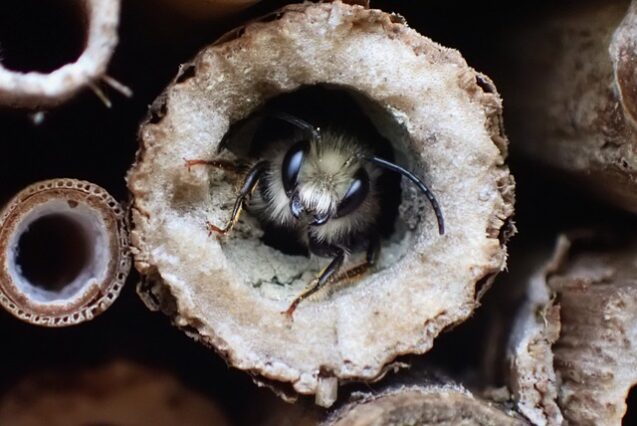
Locations of bird boxes are important. Make sure they are high enough to keep away from predatory animals like domestic cats and away from high traffic areas like feeding stations. Birds won’t nest where they feel in perceived danger or stressed. Locate hole openings between north and east, unless shaded from the worst of the elements, and allow a clear flight path to the box.
Similar boxes with open slotted bottoms are ideal for some species of bats and are ideally placed high up in eaves or high in trees. They should be away from artificial light sources, away from exposed winds and exposed to sun for part of the day, south, south-east or south-west.
There is a wide variety of bug hotels, bird and bat boxes available to help the wildlife in your garden, such as these:
Provide Easy Access to your Garden
You can have the most amazing wildlife garden in the world, but if the wildlife can’t access it, it isn’t much use. By allowing gaps in the bottom of your fences, you can allow species like toads or hedgehogs to move across your boundary. If you have the possibility to plant a hedge over a fence, even better.
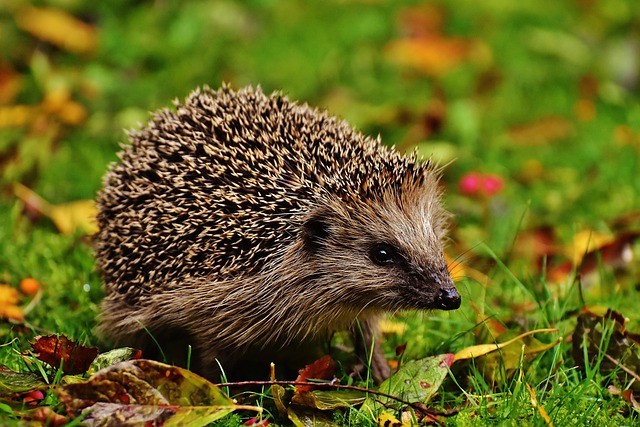
The Key to Creating a Wildlife Friendly Garden
Building a wildlife friendly garden doesn’t have to be costly or time-consuming. Just giving a little piece of your garden back to nature, by allowing small aspects to have a more natural environment and a good supply or water, food and shelter with good access, is all it takes. So, why not give a little back to the environment and spot some fascinating parts of the natural world from the comfort of your home?


